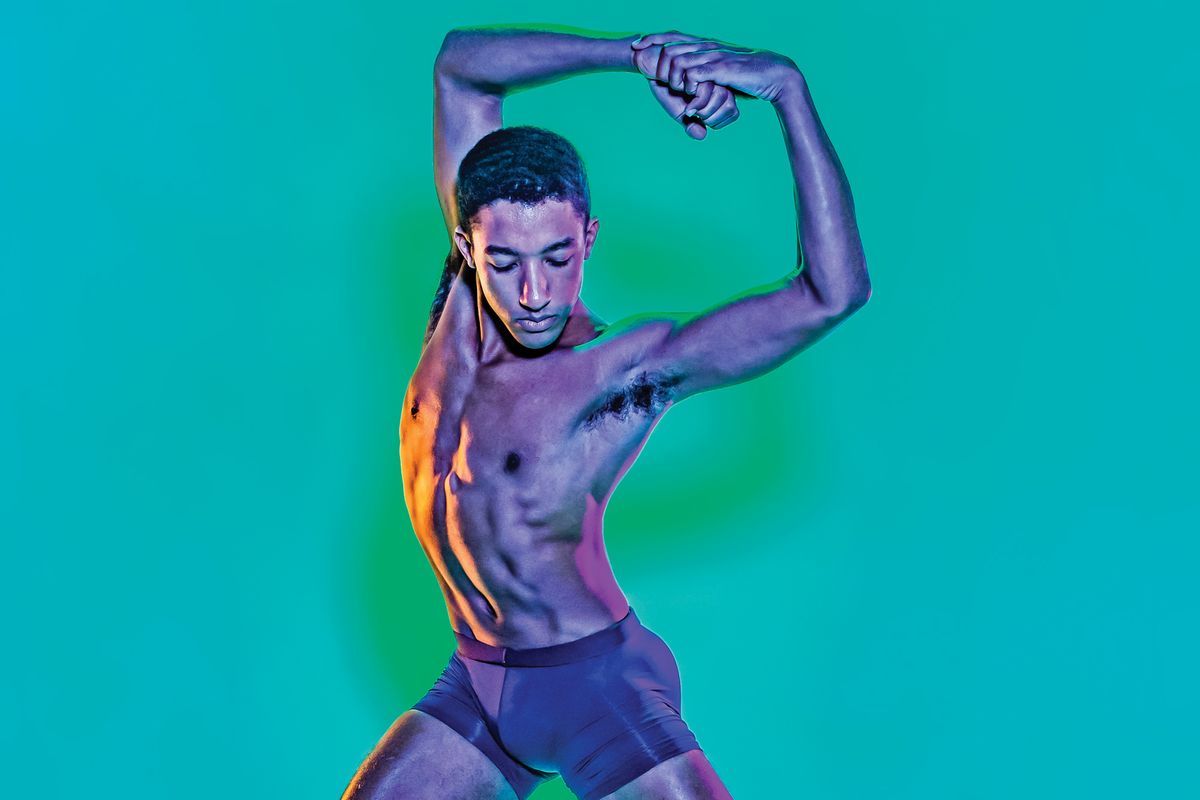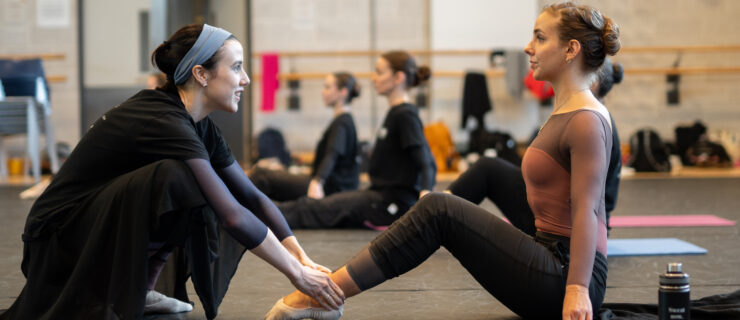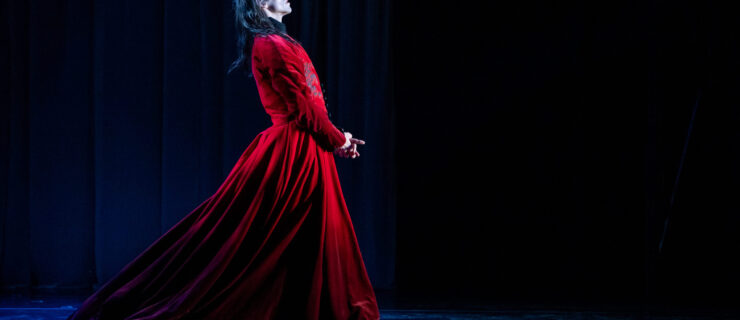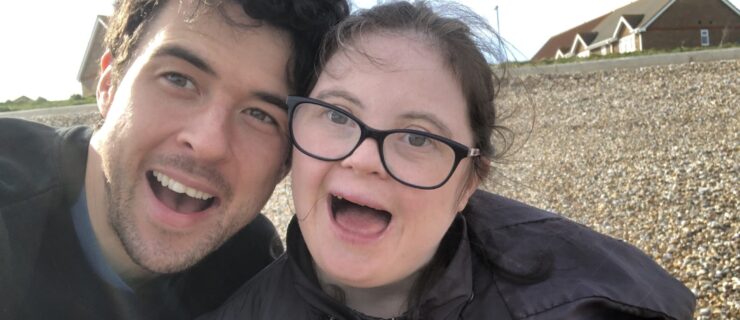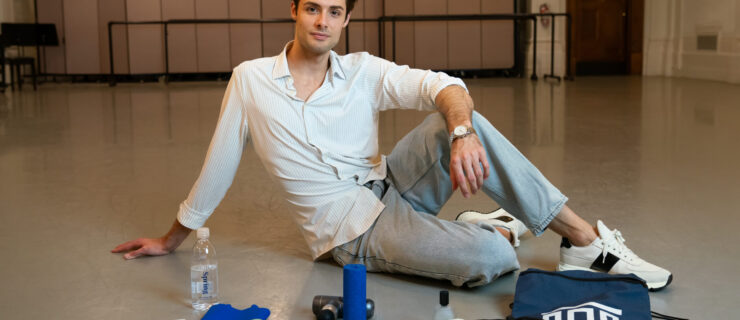Houston Ballet's Harper Watters: Thoughts on My First Uprising
I recently spoke to the dancers and management of Houston Ballet, where I dance, as part of ongoing conversations covering racial injustice. I was going to start by asking them how they were doing. But I quickly realized what kind of reaction I’d get. It’s the one you have the morning after a six-hour rehearsal day, when your calves and neck have left the group chat, and the last thing you want to do is to show up to class, but you do, and the teacher comes in and asks, “How is everyone feeling?” You stare back at them, silent, while internally answering, “I don’t want to be here, I’m in so much pain.” However, when the music starts, you grab the barre, you start pliés, and you push yourself to be the best you can be in that moment.
That is what I asked of my company, and what I implore everyone else in this community to do as well: Keep pushing yourself to do the work.
There is a massive amount of information coming at us right now. News reports, terrifying data, lists of charities to donate to, educational videos, trauma resources, powerful quotes, videos of police brutality, videos of peaceful protests, opinions about whether or not you should post that black square. There’s a sense of anxiety and uncertainty that comes with trying to navigate everything, and contributes to the feeling of weight and pressure I’m sure everyone is living with right now. The magnitude at which you’re experiencing these emotions is a direct manifestation of the severity of this situation.
We watched a nine-minute video of a black man being murdered by a white cop. That video has created a massive uprising.
The uprising now includes protests in all 50 states. But we’re still protesting the same issues that we were protesting in 2014, the 1960s, the ’50s, the ’30s, 1880. These are the same issues we’ve been dealing with for centuries in this country. The protests are visual representations of the pain people are harboring. They also represent the amount and scale of work we must do to change the infrastructure of society, including the dance world.
I know for a lot of the dancers of Houston Ballet, this is their first uprising. It’s definitely mine. I wanted to make sure they knew I considered them all to be allies. They support me, uplift me, interact with me. They created the space for me to become this fully-realized, fabulous version of myself. But now it’s time for them, and everyone else, to level up and become activists.

We can no longer accept complacency and silence. Not saying or doing something because you’re scared or uncomfortable—that’s human nature, but that doesn’t make it OK. As trans activist Peppermint said, “That’s like saying ‘I’m uncomfortable and I don’t want to’ when you’re asked to pay your taxes, and we can’t have that.” Being scared to speak up because it goes against your brand or because you’re afraid of the repercussions only highlights the fact that you can live your life unaffected without speaking up. That is the definition of privilege.
Stepping into and accepting your place in privilege is a difficult action to take. I’m doing it myself. Although I am Black, I was adopted by two white parents and grew up in an affluent neighborhood. I attended private school and dance training programs on scholarship, which led me to a job at one of the largest ballet companies in the US. That all plays a part in my behavior, my thought process, and my decision making. The ways and times I’ve chosen to engage in racially-charged situations have often been determined by how those situations would affect me, rather than by what was right or wrong. That is privilege, and that needs to change.
“Racism is a spectrum with varying levels of unconscious and learned behaviors reinforced by society every day,” Padma Lakshmi said. “It’s not: either you’re a racist or you’re not. It’s to what degree are you prejudiced, against, whom, and why?” The idea of a spectrum also applies to being an ally, and, more importantly, an activist. Where do you fall? How much are you going to activate?
I believe our biggest call to action as activists is to continue learning. Knowledge is power, so the more you read, watch, listen, and share, the more confidence you will have in writing your next post, having your next conversation, and identifying and confronting racial injustice when you see it. And the more change we will see.
Personally, I think I’m still in the reflective stage of this uprising. I’m not yet able to say with conviction that this is how we’ll end racial injustice in ballet. I’m still going over moments in my own past, asking myself, should I have spoken up? Why didn’t I speak up? Should I have spoken up louder? I’m finding my answers are rooted in both fear (of harm to myself) and love (in an unwillingness to hurt others). I’m learning that the the hierarchical structure of ballet, its foundations in white systemic racism, has contributed to me suppressing my own impulses when I know something is wrong. I’m also acknowledging that times might have shifted enough for me to have a seat at the table, but sometimes my action, or rather inaction, has resulted in what looks like tacit approval of dance companies’ archaic behaviors.
We’re seeing companies make statements and start to take action. What I’ll say to them is: Don’t let us down. To all Black dancers: You are gorgeous, you are essential, you are the change we so desperately need. Black Lives Matter and Black Dancers Matter.
